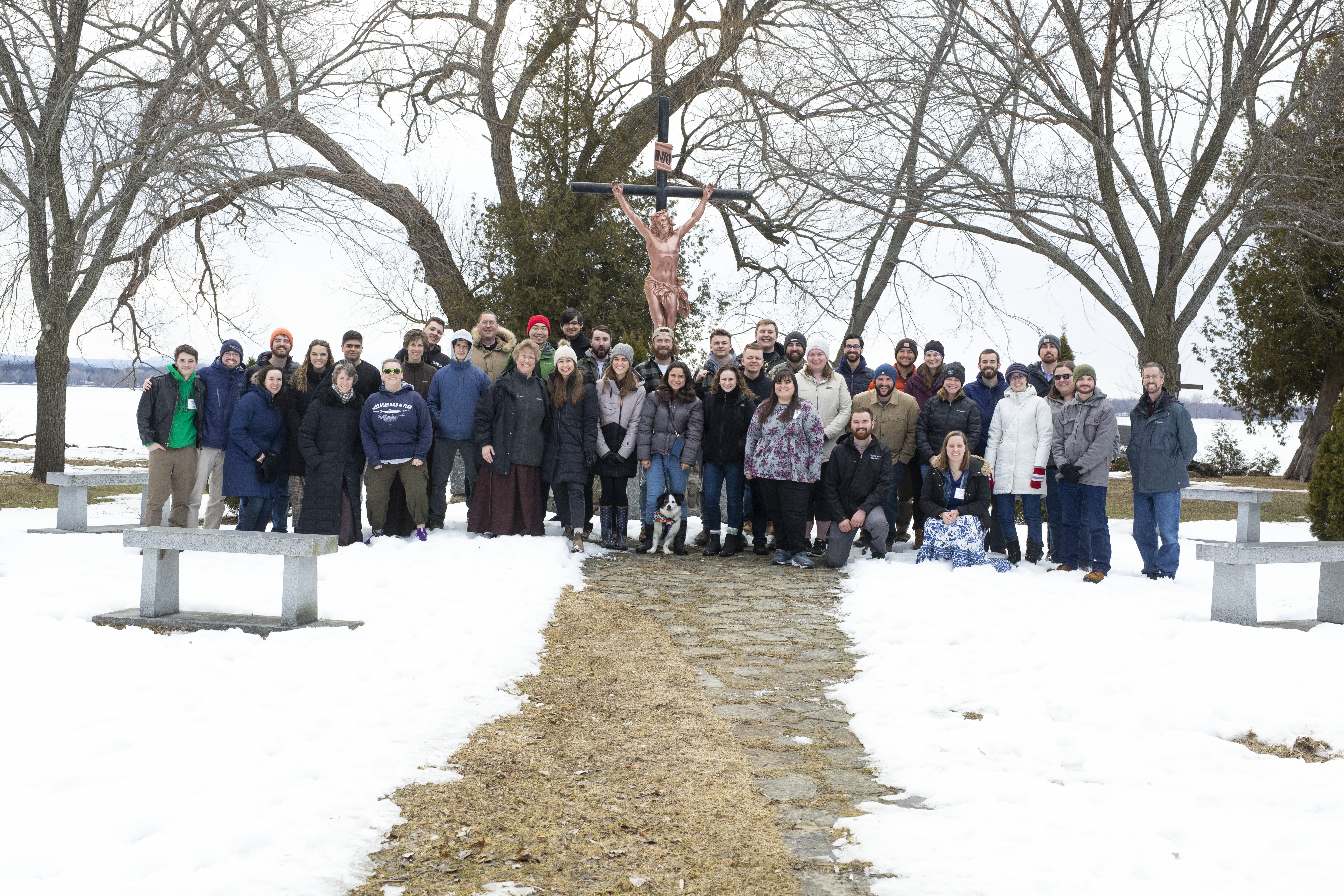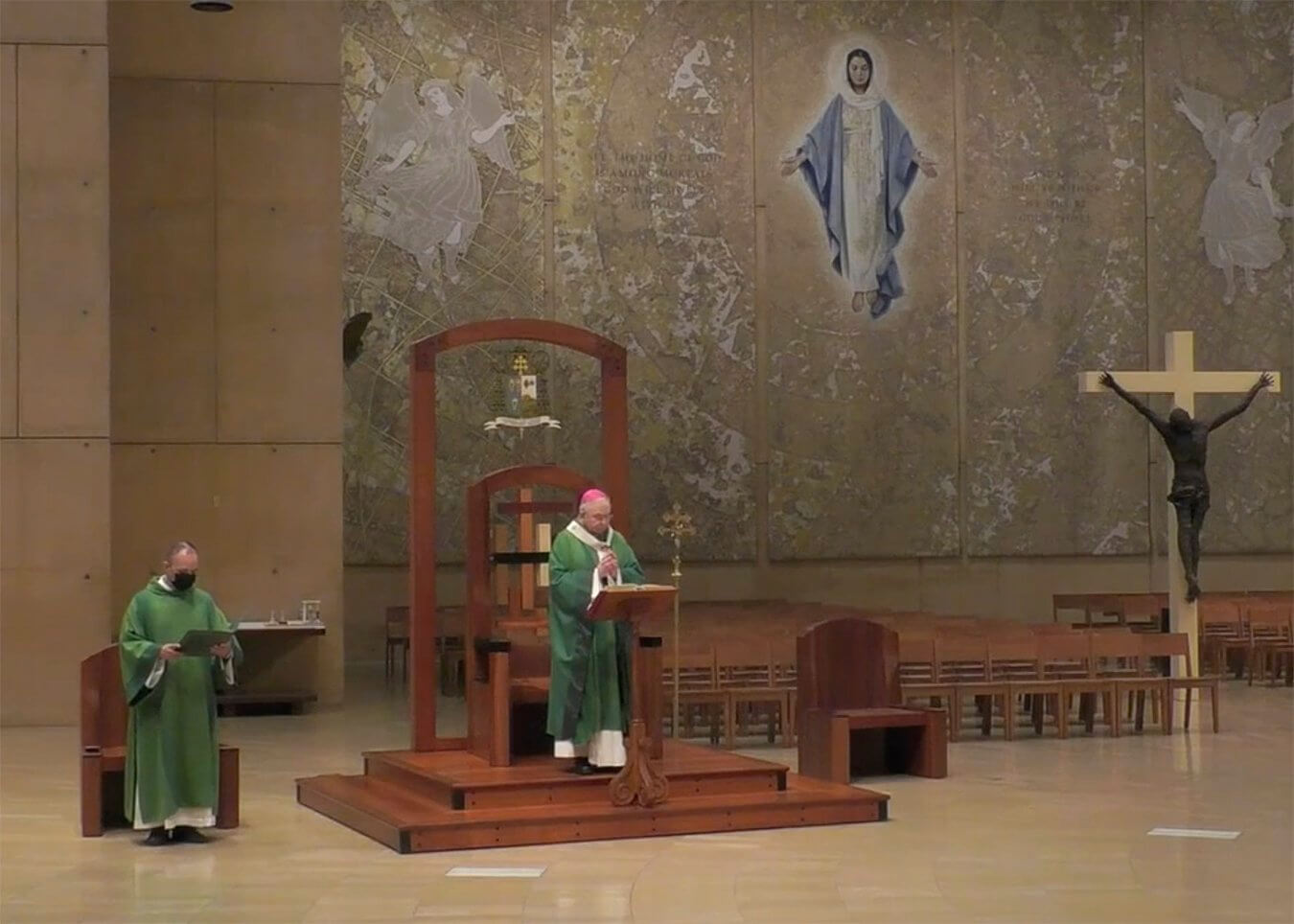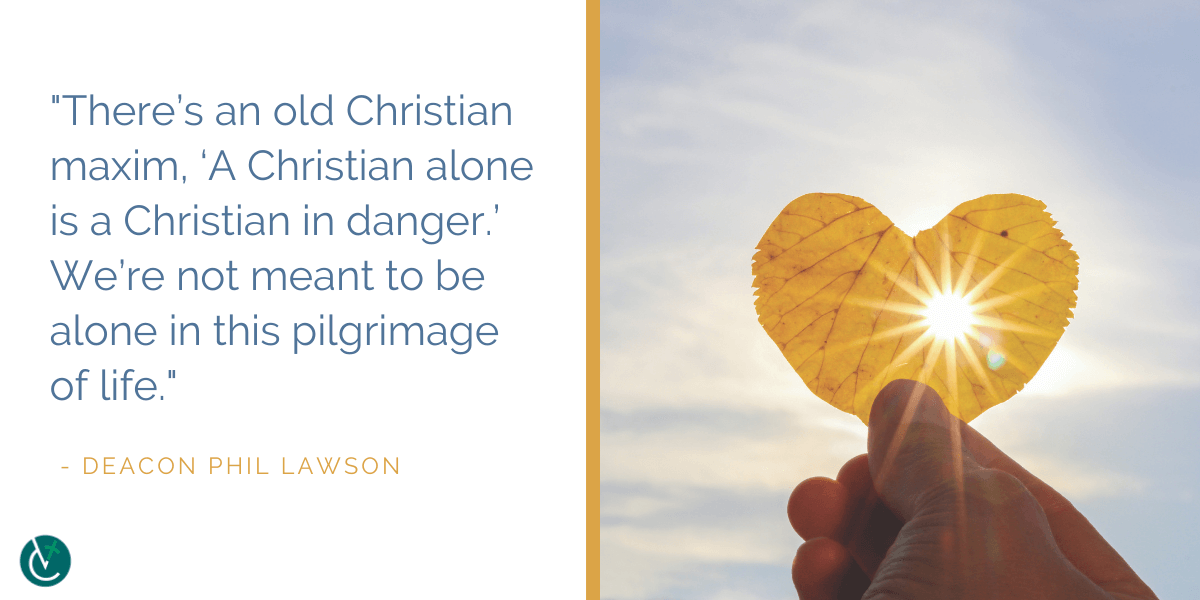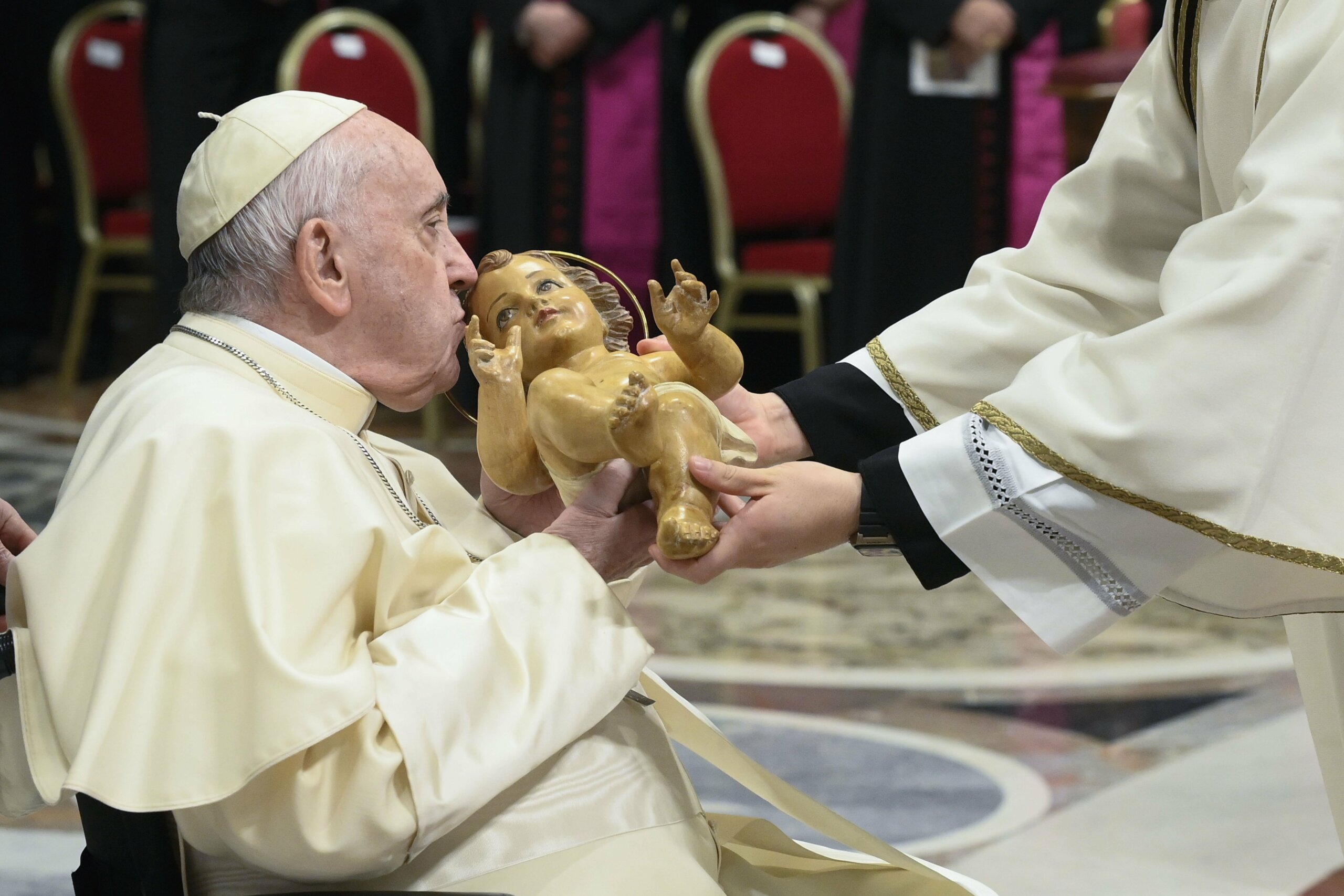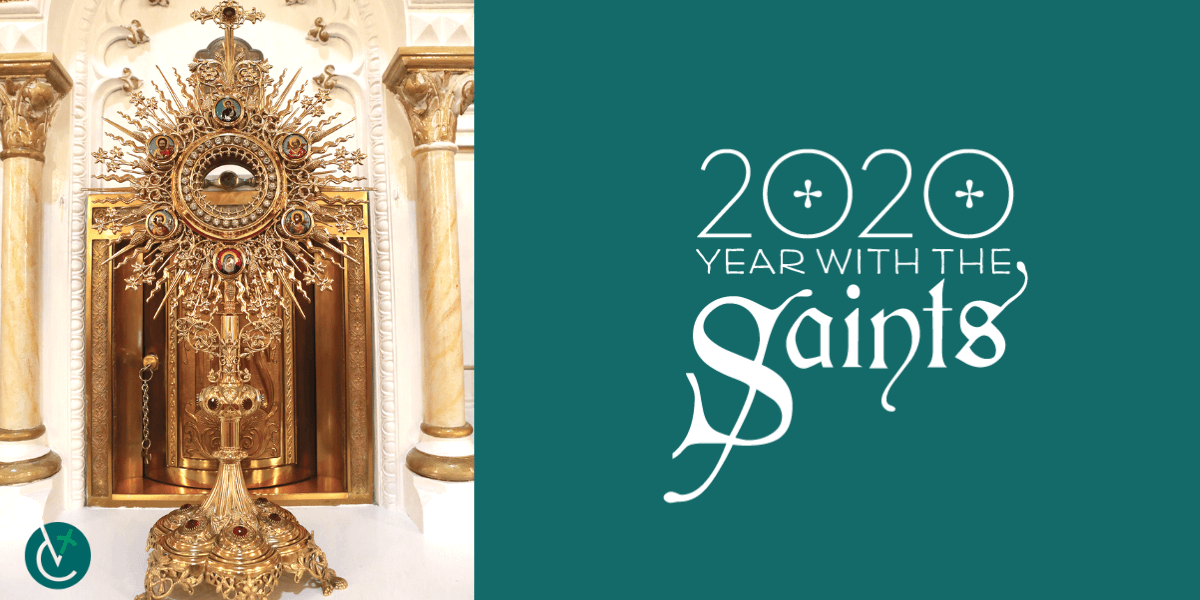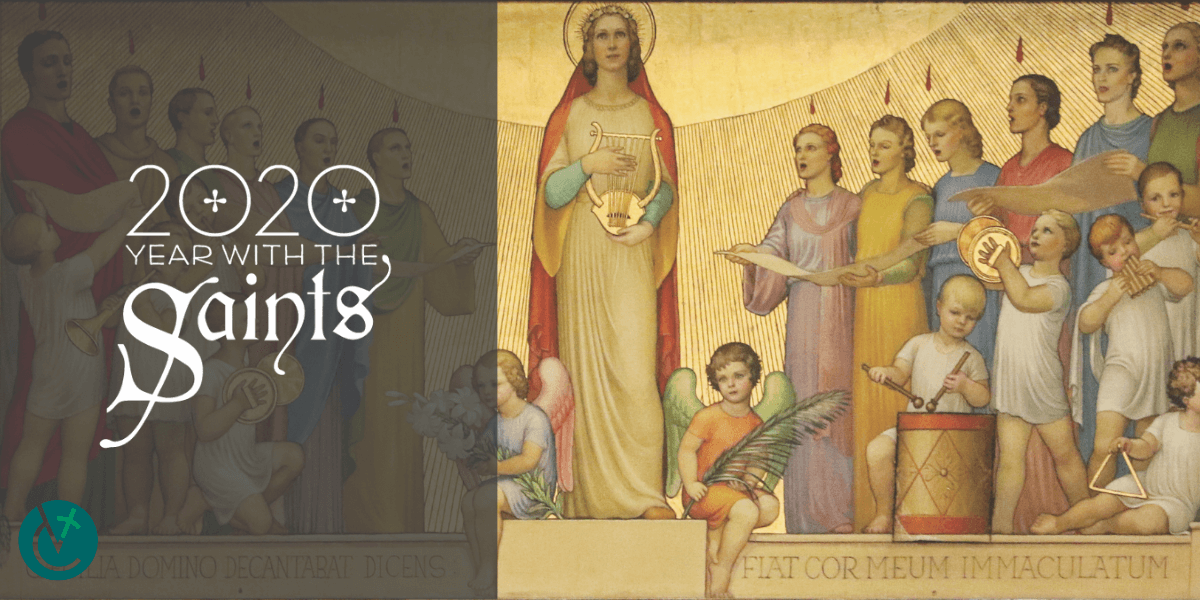“Beloved, let us love one another, because love is from God” (1 Jn 4:7).
With these words the Apostle John encourages the early Church to love each other. St. John goes on to remind the Church that “…if God so loved us, we also must love one another” (1 Jn 4:11).
We have been loved by God, and in turn we must love others. And by virtue of sharing that love, we ensure that no one is alone.
Who of us doesn’t desire and need to hear, “You are loved and you are not alone” during these challenging times.
St. John Bosco, in his work with young people, noted: “It is not enough to love them. They must know that they are loved.” Without a doubt our parishes and leaders love their people. But do people know they are loved? Do they feel that they are loved? Do they hear that they are loved?
The Diocesan Evangelization Committee put together a list of concrete things parishes could do amidst the pandemic. Among the recommendations was to joyfully and intentionally welcome people back to Mass.
As more and more people feel comfortable coming back to Mass, make sure to joyfully welcome them each and every week and let them know they were missed.
People respond to love. They respond to being noticed and valued. St. Mother Teresa of Calcutta put this emphasis at the center of all her encounters, that everyone she or her sisters encountered would know they are loved. And there are many ways to do that from a smile, to a word of encouragement, to a listening ear, to the gift of time spent in someone’s presence, to affirm the goodness of the gift of their life and ultimately not to be afraid to tell them that they are loved by the Lord, their priest, their deacon and their parish. For all of us, it feels good to hear that you were missed or that someone noticed when you weren’t present and to walk in the assurance of being loved.
Our encouragement is to not assume this, but in myriad ways concretely let people know how much they are loved. Have you ever heard a husband or wife say to each other, “I wish you’d stop saying you love me so much”? Of course not; in much the same way, let us never tire of sharing these same words and sentiments with our people.
When Jesus sent His disciples out, did He send them one by one? No, as we know it was “two by two.” Why? In not being alone, they would have someone to accompany them, they would strengthen and encourage each other on the way, and no doubt they would also challenge each other as well. They were not alone.
There’s an old Christian maxim, “A Christian alone is a Christian in danger.” We’re not meant to be alone in this pilgrimage of life. This is structurally built into our Catholic practice as we choose godparents for baptism, a sponsor for confirmation, a best man/maid of honor for our wedding. We intentionally invite these people to walk with us, to support us, encourage us and lovingly challenge us when necessary, all with the goal of helping us get to where we need to be.
We’re not limited to just these formal roles. This is an opportunity for our parishes to come alive, to also accompany the people in the pews (and at home). Nobody in our parishes should feel like they are alone.
For those on the road to entering the Catholic Church in the Rite of Christian Initiation of Adults process, this time of year typically features the “Rite of Welcome/Acceptance.” This takes place at a Sunday Mass and serves as the first public presentation of the RCIA participants to the whole parish community. The candidates and catechumens, having been in formation for the past few months, are now publicly presented, stating their desire to continue this journey into communion with Christ and His Church and asking for the prayers of the parish as they do so. It is a beautiful rite to observe and experience.
At my parish a number of years ago, a woman in RCIA commented after this rite: “When I walked into the church, I felt like I got a big hug from God and the Church.” She felt loved and she knew she was not alone.
In her book, “Start with Jesus: How Everyday Disciples Will Renew the Church,” author Julianne Stanz writes of the importance of ensuring people know they are valued and loved, citing Pope Francis: “Jesus himself is the model of this method of evangelization which brings us to the very heart of his people. … If he speaks to someone, he looks inter their eyes with deep love and concern: ‘Jesus, looking upon him, loved him’” (Mk 10:21) (Evangelii Gaudium, #269).
She goes on to note: “If every person felt valued, loved, visible and welcomed, think of how this could change our communities!”
At Christmas we celebrate the birth of Jesus, Emmanuel, “God With Us.” May this gift of the birth of God’s son, given out of love, remind us that we are indeed loved and that we are not alone, Emmanuel, God, is with us.
—Deacon Phil Lawson is the executive director of evangelization, catechesis, divine worship, marriage and family and respect life for the Diocese of Burlington. He can be reached at plawson@vermontcatholic.org.
—Originally published in the Winter 2020 issue of Vermont Catholic magazine.
